Zivid SDK 2.10: Full Support for the Zivid 2+ and Innovative Features
Zivid SDK 2.10: Full Support for the Zivid 2+ 3D Camera and Groundbreaking New Features
This latest SDK is a real milestone for us as it represents a production-grade SDK to support our flagship Zivid 2+ 3D camera and our new Omni-Engine. While this could be enough for one release, we managed to add a few other features as well. We are proud to be able to release this SDK hot on the heels of the Zivid 2+ camera launch. This makes the Zivid 2+ M130 ready for development and deployment in real-world applications.
If you don't have time to read the full blog, have a look at this short summary video about our latest release:
Zivid 2+ is officially production ready
The Zivid Omni-Engine
The new Zivid Omni-Engine is a system-level implementation for our Zivid 2+ line-up. It is a fundamentally new approach to 3D imaging utilizing temporal structured light and has involved all the engineering departments at Zivid. The Omni-Engine has been in development for a couple of years and has been a genuine multi-disciplinary effort by us with an amazing outcome.
Capture with a standard 3D camera vs. with Zivid Omni-Engine
The genesis of Omni-Engine came through many conversations with our customers and contacts in the world of e-commerce and randomized piece picking. They had several demands, but the one that truly stood out is the ability to capture translucent and transparent objects reliably. There was just a slight problem with this request, it was considered impossible to do with accuracy and confidence. But we are always up for an impossible challenge, who dares wins, right?
The Omni-Engine delivers fully detailed and complete point clouds across a range of transparent objects, but also superb results on highly reflective items. The resulting point clouds are incredibly complete, detailed and clean, and almost entirely free from false points, making pose estimation, path planning and collision avoidance much more straightforward.
New demosaic artifacts reduction algorithm for 2D images
A new debayering algorithm has been added in this SDK to accompany the 5-megapixel camera of Zivid 2+ to create higher quality 2D images than ever before. This makes it possible to segment, detect and recognize even smaller 2D features than before, such as labels, textures, and some barcodes. With this, the Zivid 2+ delivers all the performance needed by both an industrial 2D and 3D camera combined for all stages of a pick and place operation which is especially useful for logistic and e-commerce robots. The debayering algorithm for older generation Zivid cameras, such as Zivid Two and Zivid One+, remain the same.
Before/after using the debayering algorithm
Packed full of features for both Zivid 2 and Zivid 2+
Monochrome sampling mode
The Zivid 2 and Zivid 2+ cameras now support a new and novel sampling technique where you can choose to project and sample only red or blue light instead of full white light. We call this monochromatic projection and sampling. Using this mode will considerably speed up the capture time as this new technique efficiently subsample the point cloud - saving considerable data transfer and processing time by compressing the point cloud to a quarter of its size. Using the red or blue monochromatic mode will also improve contrast distortions, resilience to ambient light and highlights, and can in some cases yield better results on specular or transparent objects. This mode can even be used to capture the same scene by two cameras simultaneously!
You can still grab full resolution 2D images while leveraging the monochrome mode for 3D point cloud captures – giving you a solution optimized for your need with less demand for network bandwidth, memory and processing.
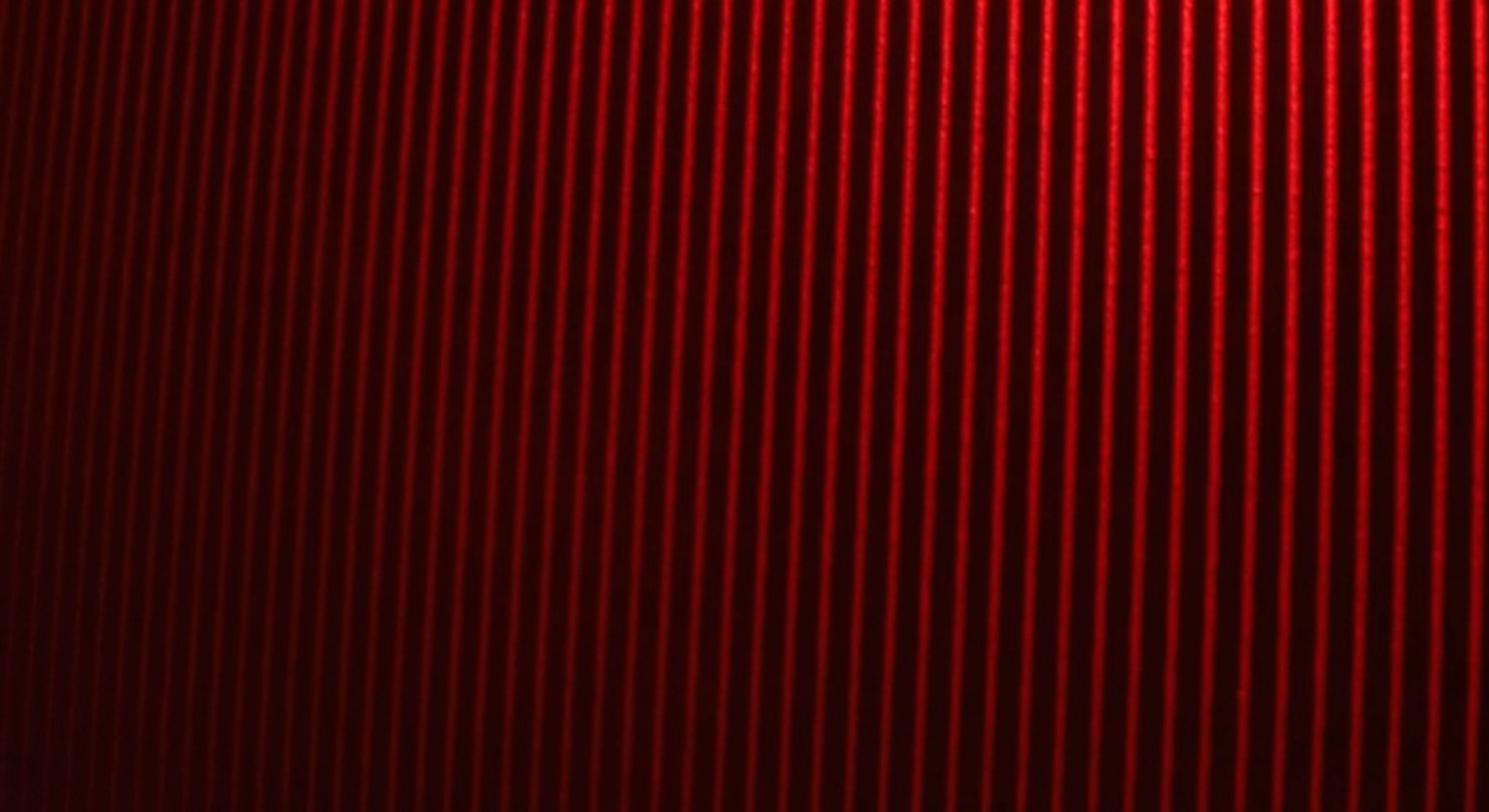 |
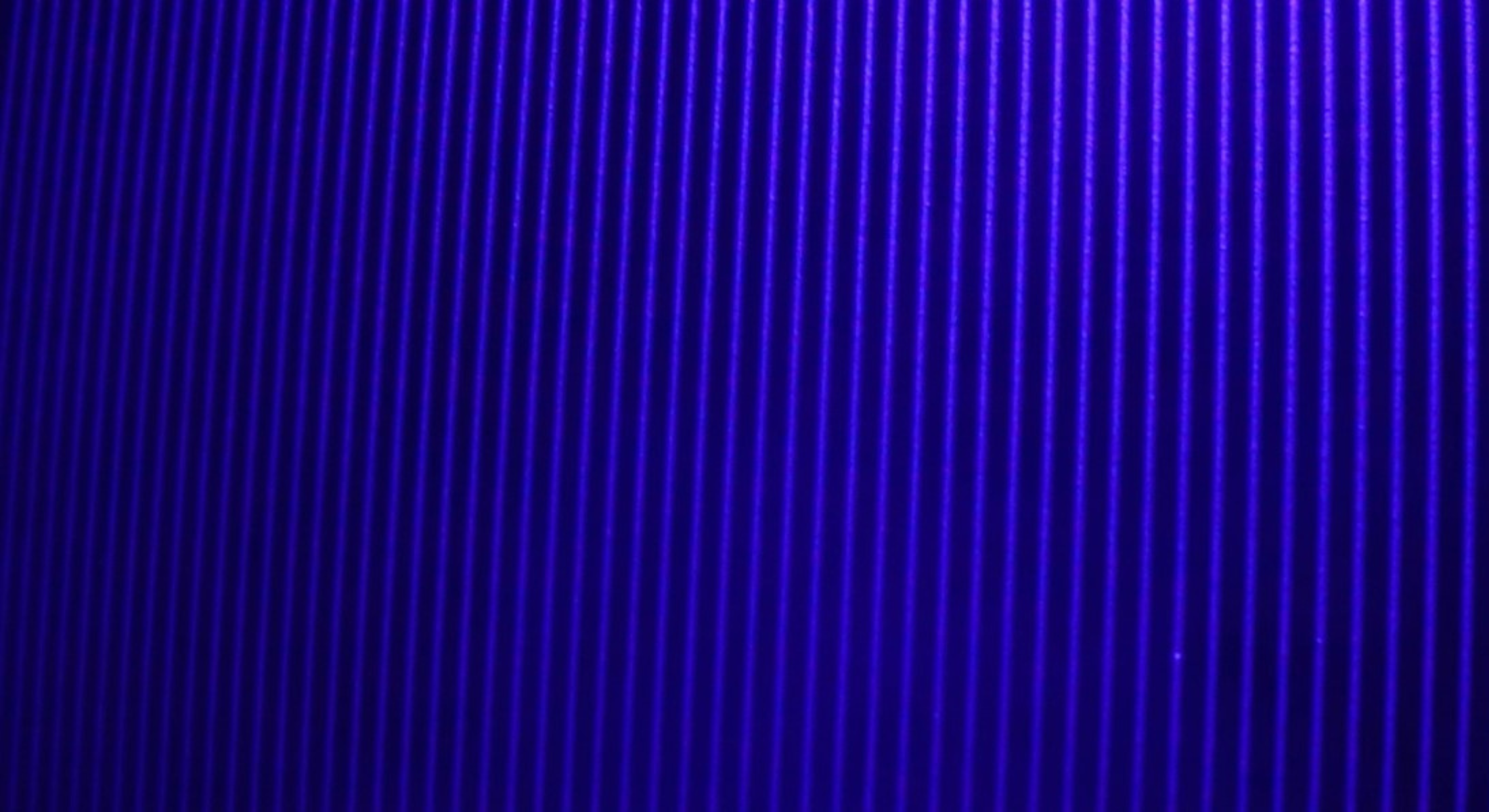 |
red and blue light
Custom image projection
Zivid 3D cameras are equipped with an RGB projector, and now you can take full advantage of this in new and innovative ways only limited by your imagination. Our new projection feature allows you to project your own stuff. You can display images or video snippets in 2D and you can even project in 3D. Not only does this open up for a lot of fun things to play with (such as rick-rolling your colleagues), it also opens up entirely new possibilities such as visual feedback, visual assistance, displaying information and more. You could for example project your logo, light up the path a robot should follow, highlight defects, or point at targets. You can even instruct the Zivid camera to capture images of what you are projecting. We believe that this will be a super useful feature for many applications such as robot guiding or simply making it easier to install a robot cell.
.png?width=600&height=400&name=MicrosoftTeams-image%20(70).png) RAMLAB's own custom pattern for welding
RAMLAB's own custom pattern for weldingNew noise suppression and repair options
In SDK 2.10 we have expanded the noise filtering methods, which now include noise removal, suppression, and repair. Noise removal is the same you have come to know; a removal based off our SNR, or confidence value, of the 3D data points. What’s new is the introduction of noise suppression and repair. Turning on noise suppression will give a cleaner point cloud, which is particularly useful in logistics or e-commerce to give more reliable plane fitting performance on particularly challenging materials such as bubble wrap and poly bags.
before noise suppression/after noise suppression
Noise repair helps restore missing points and areas with the help of error correction techniques which in turn recovers the point cloud, making it more complete. These additions to our noise handling technology helps our 3D cameras create great point clouds of even more challenging objects to be used by your vision algorithms.
Zivid Studio updates
Zivid Studio's new interface
Updated presets with ambient light compensation
With our newest release we want to bring using our cameras closer to a point and shoot mindset. When you open Zivid studio now you will see that there has been a little remodeling when you first want to capture the point cloud. Before, we assumed to directly use capture assistant unless told otherwise. Now, you will need to choose from the list of presets presented to you OR pick out capture assistant as your preferred method.
Within these presets we have also implemented an ambient light adaptation for all our presets. This setting is useful when you see ripples across the scene that are caused by the frequency of the power grid in your area, either at 50Hz or 60Hz. By capturing at the same interval as your grid it is possible to remove the ripples it can cause from your scene. This is commonly seen in warehouses or environments that have fluorescent, halogen or incandescent lighting.
One thing to remember when using the capture assistant with your new Zivid 2+! The default 3D capturing method for Zivid 2+ M130 is using the blue light subsampling that we mentioned above. If you want to have a 5MP point cloud, make sure to change it to RGB instead.
2D capture now available stand-alone in Zivid Studio
While Zivid does make 3D cameras, we know that our 2D data is equally important. With this release we wanted to make it easier for the user to find the best 2D capture settings for their projects. The upgraded GUI now makes it faster and easier to test and create the perfect 2D capture settings for your scene.
To sum up...
The launch of the three new 3D cameras in the Zivid 2+ family is a real milestone for us, and the special capabilities they demonstrate on difficult items such as transparency is a genuine step forward for machine vision in general. We wanted to make sure that the entire Zivid ecosystem is always evolving along with our new camera release, so for you to try out all of our new features. All new products need to be supported by robust, production-grade software and we’re delighted to have that with SDK 2.10 in such a short timeframe after the products have been launched. Enjoy the experience of our newest SDK and start making the impossible possible.
Share this
You May Also Like
These Related Stories
Zivid at Vision China 2021
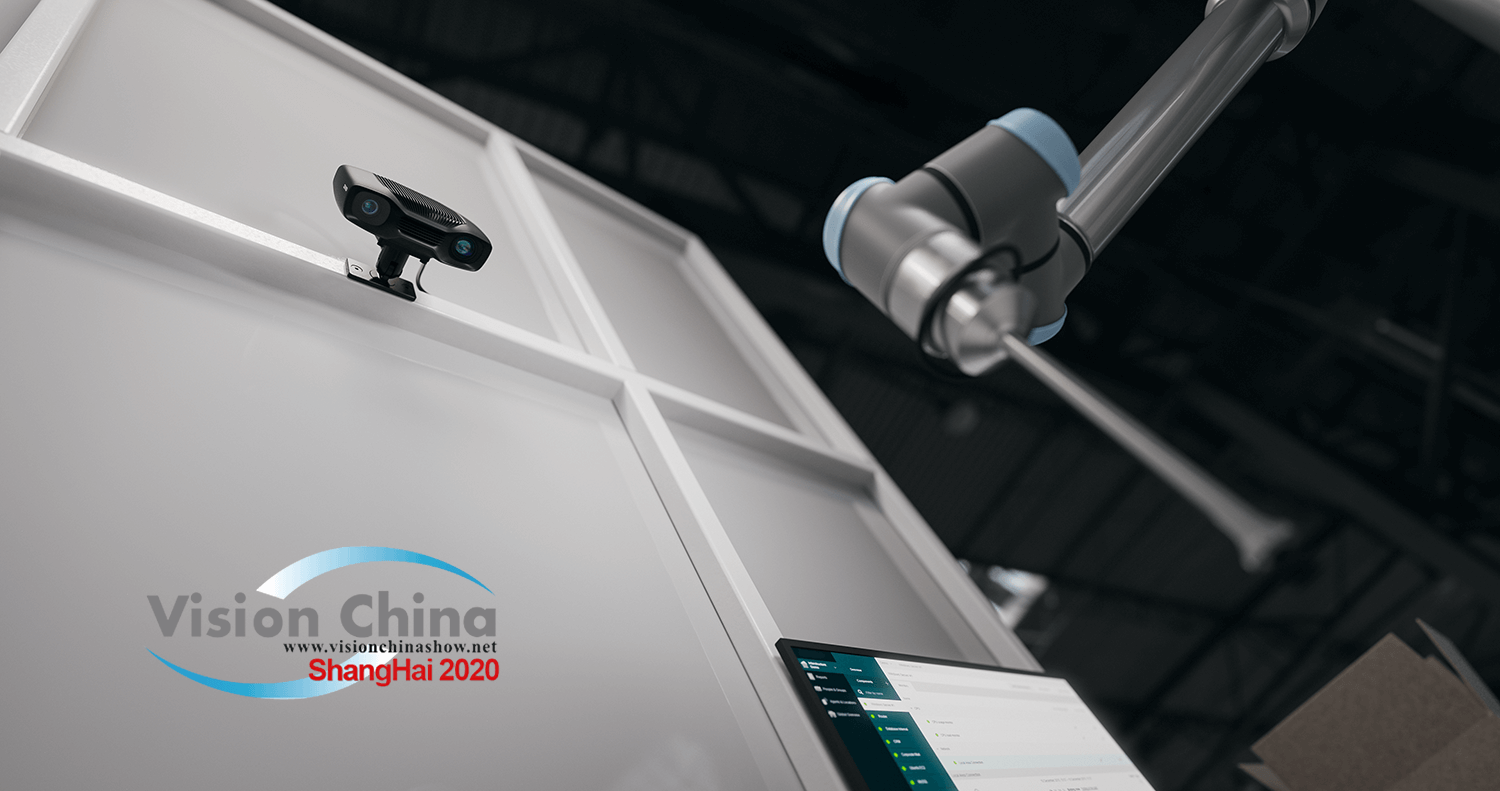

Zivid at Vision China 2021
2021-03-30
2
min read
Zivid at Logistica 2019
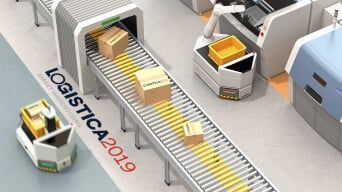

Zivid at Logistica 2019
2019-10-23
1
min read
Zivid SDK and Zivid Studio v1.5
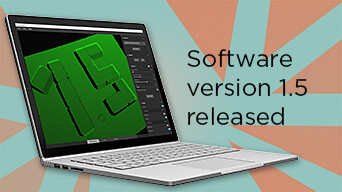

Zivid SDK and Zivid Studio v1.5
2019-09-03
2
min read


